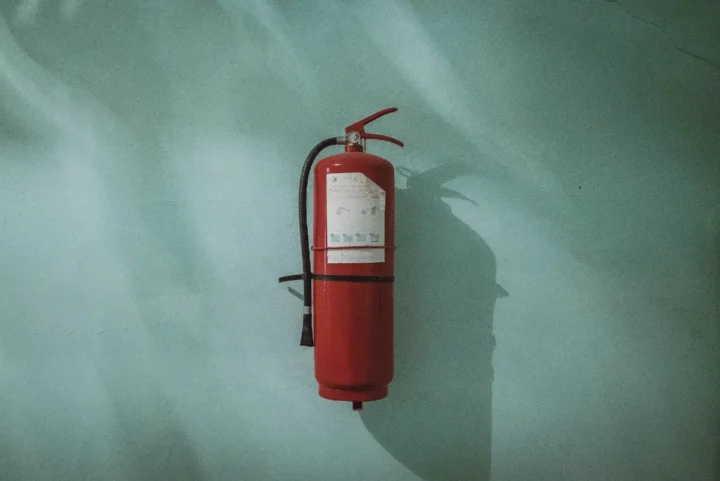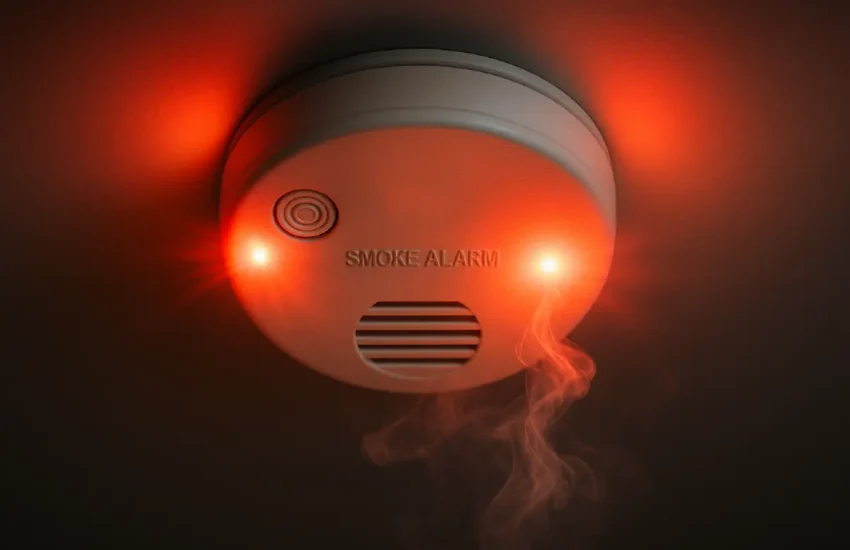Ready for Action: How to Maintain and Recharge a Fire Extinguisher
A fire extinguisher represents an essential tool for homes or businesses. It becomes the first line of defense against small fires before such an incident can turn into a major catastrophe. Its presence alone instills a great deal of confidence; however, such security prevails only if the device is held properly and ready for immediate use.
Knowing not just how to operate it, but also how to charge a fire extinguisher and ensure its ongoing functionality, is paramount to effective fire safety. Time willy-nilly spent on checking and servicing might well be poor time spent when seconds count, save lives, and bring serious preservation to property.

These devices are vital in suppressing fire and, in addition, form part of the larger fire safety ecosystem. Before the extinguisher is employed, early detection is the key. This is where devices designed to detect a fire heat detector or smoke detector play their crucial roles.
These early-warning systems provide precious minutes for the occupants to evacuate and for people to safely decide if a small fire can be extinguished with an extinguisher.
Without early alerts, simple and manageable flames can become devastating precisions with a little-controlled blaze; hence, the user of the extinguisher is rendered useless as the fire overtakes the ability of the extinguisher. It should therefore be understood that fire preparedness covers a more comprehensive spectrum, including early warning and active suppression.
Maintaining your fire extinguisher starts with certain simple yet very important daily visual inspections. These should be done every month or every three months at the minimum, with the aim of assessing whether the extinguisher is all good to go.
Firstly, check the pressure gauge; the pointer in it should be always placed on green, meaning that it has pressure, or in other words, it is pressurized. Should that pointer go red, it means that the extinguisher lost pressure; hence, it needs a way of restoration and attention right away.
Next, the second thing to inspect is the safety seal or tamper indicator; it must be intact, showing the extinguisher has not been discharged, or access has not been gained to it. The nozzle must be inspected for any obstruction that can affect the discharge of extinguishing agents, such as dirt or debris.
Do a quick visual scan for any damage; rust or corrosion might hint that you should be concerned. Also, check if there are leaks, as well as if the instructions on the label are clearly readable and facing outward.
In addition to the daily visual inspections, fire extinguishers must have their annual maintenance performed by a professional. This inspection cannot just be a visual one but goes way beyond visual inspection.
Certified fire equipment technicians undertake a full inspection and test of fire extinguishers and ensure they are in good working order. They check internal components, the extinguishing agent itself, and confirm that all the parts are in perfect condition.
They also detect potential problems such as internal corrosion or hose degradation that could alleviate the performance of the extinguishers. This annual maintenance not only certifies that it is always maintained in accordance with the current safety legislation, but also gives a professional confirmation of the readiness of the extinguisher for use.
Knowing when and how to recharge a fire extinguisher is vital to maintaining its usefulness. The most obvious cases are after discharge, no matter how short the discharge might be. Any discharge, even a partial one, causes a loss of pressure in the fire extinguisher and makes it incapable of further use.
So if you use it even the smallest bit, it must be recharged by a professional. Besides after any use, extinguishers require recharging or refurbishment during their lifespan, commonly at regular intervals of every 5-6 years, depending on the type.
The extinguishing agent may settle or degrade, and pressure can slowly leak out of the unit over time, even though the gauge indicates adequately. It is of utmost importance that recharging be done only by a licensed fire equipment dealer or fire protection company.
They have the special equipment, the correct extinguishing agents, and know the proper safety procedures in refilling and re-pressurizing the unit to the current safety standards, thus ensuring the unit will function properly during an emergency. Recharging should never be attempted by yourself.
Conclusion
To conclude, a fire extinguisher is a potent tool, but it can be rendered mildly effective if neglected or improperly maintained and recharged. From your monthly visual inspection checks, the annual examination of a professional, to knowing when to recharge it after any use or at a set period during its lifespan, every step serves toward its ready state.
By observing the crucial practices, your fire extinguisher will constantly stand as a witness and protector from potential fires, key to much broader fire safety preparations.


